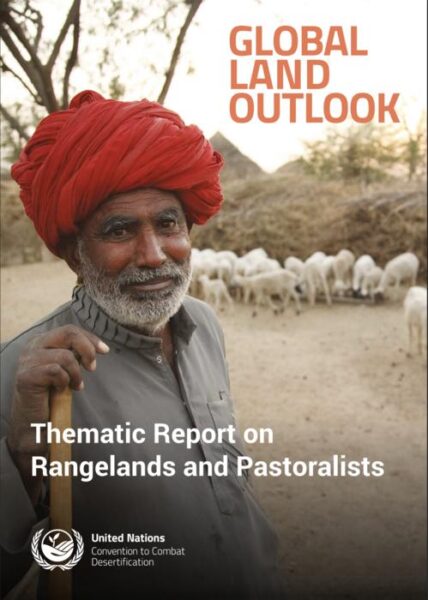In the expansive landscapes that cover over half of Earth’s land surface, a quiet crisis is unfolding. The world’s rangelands – grasslands, savannas, shrublands, wetlands, tundra and deserts – are deteriorating at an alarming rate due to overuse, mismanagement, climate change and biodiversity loss, jeopardizing the food supply and wellbeing of billions of people.
This stark warning comes in a new report from the United Nations Convention to Combat Desertification (UNCCD), which estimates that up to 50% of these critical ecosystems are now degraded. The symptoms are concerning: diminished soil fertility, erosion, salinization, and compaction that inhibits plant growth. This in turn exacerbates droughts, rainfall fluctuations, and the loss of biodiversity above and below ground.
Pastoralists and Rangelands Overlooked
While the felling of an ancient forest tree may tug at heartstrings, the silent conversion of age-old rangelands often goes unnoticed, laments UNCCD Executive Secretary Ibrahim Thiaw. The half billion pastoralists worldwide who depend on these lands for their traditional livelihoods are frequently marginalized, lacking a voice in the very policies that impact them.
“Mongolian traditions are built on the appreciation of resource limits, which defined mobility as a strategy, established shared responsibilities over the land, and set limits in consumption,” says Mongolia’s Environment Minister Bat-Erdene Bat-Ulzii, whose country will host a major UN conference on the issue in 2026. “We hope this report helps focus attention on rangelands and their many enormous values – cultural, environmental, and economic – which cannot be overstated.”
An Innovative Approach to Turn the Tide
Reversing the damage requires a paradigm shift in how rangelands are understood and managed, argue the 60+ expert contributors to the new report. Previous estimates pegging degradation at 25% likely “significantly underestimate the actual loss,” which could be double that amount.
The authors lay out an innovative conceptual framework to enable policymakers to stabilize, restore and sustainably manage rangelands. At its core is a call to protect pastoralism – the ancient practice of herding animals on natural grasslands that shapes cultures and sustains communities from the tropics to the Arctic.
“From the tropics to the Arctic, pastoralism is a desirable default and often the most sustainable option that should be incorporated into rangeland use planning,” says Thiaw. Key recommendations include integrating climate change strategies with sustainable rangeland management, avoiding conversion of rangelands, shoring up conservation measures, mitigating harms like overgrazing and wildfires, and promoting inclusive policies and governance.
The stakes could not be higher, for rangelands are an economic engine in many nations. Livestock production, for example, accounts for 19% of Ethiopia’s GDP and 4% of India’s. Brazil’s prodigious cattle industry produces 16% of the world’s beef. Achieving the elusive goal of “land degradation neutrality,” the report concludes, will require cross-border cooperation and elevation of the wisdom of pastoralists themselves. Only then can the silent crisis be heard – and addressed.


